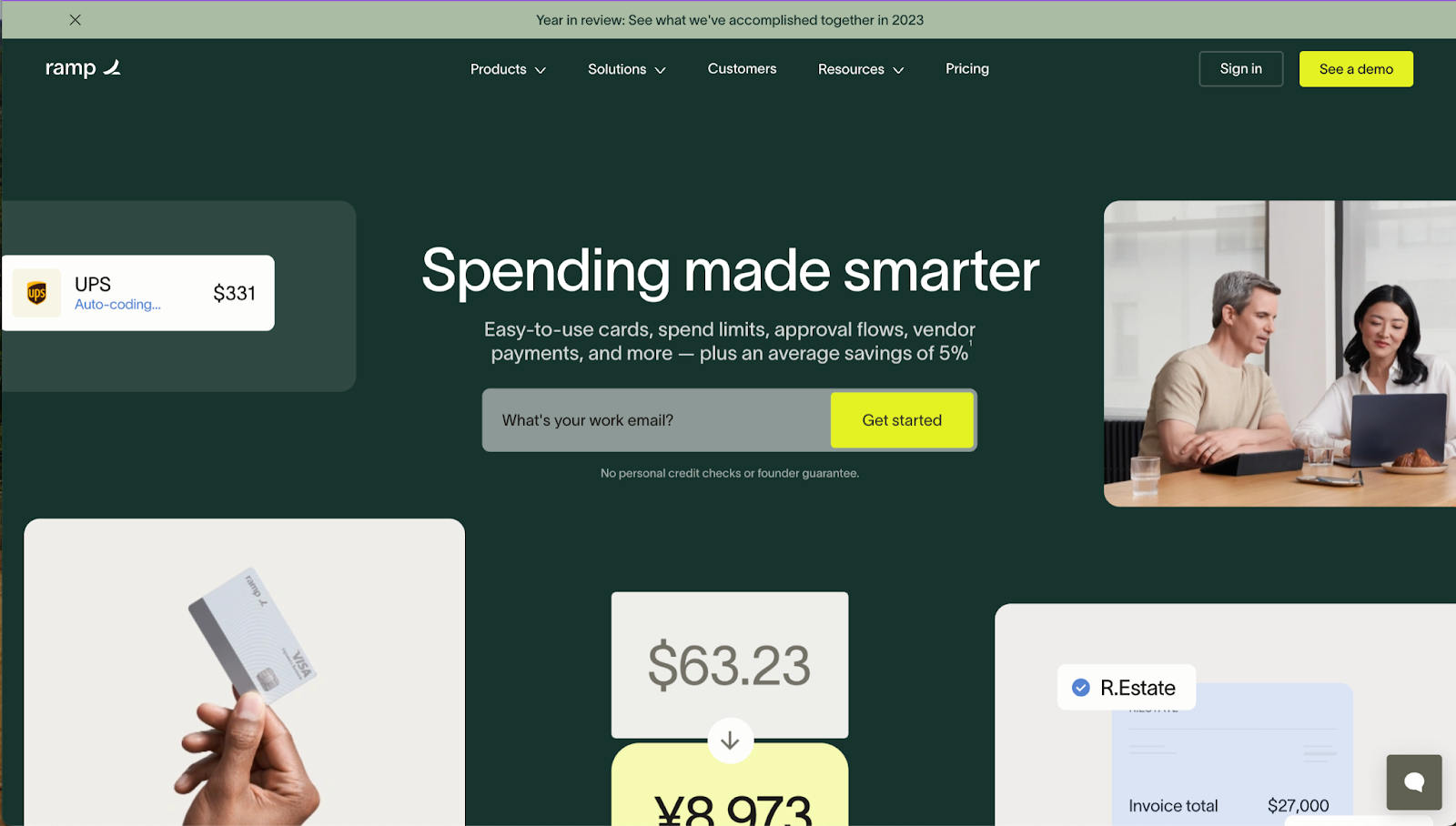Our view at Stack - Simplify web development with Webflow, reduce costs, and deliver professional results. No-code, responsive, and SEO-friendly. Explore your creative potential!

Stakeholder alignment is the cornerstone of productive collaboration, effective engagement, and business success.
Understanding and addressing stakeholder interests guides your business decisions and builds long-term partnerships. When you recognize stakeholders’ needs, you stay attuned to shifting market dynamics and emerging opportunities.
Align with stakeholder interests for success
A stakeholder is an individual or group with a vested interest in the success, activities, or outcomes of your business or project. These interests can be financial, operational, or even social.
Effective stakeholder management involves understanding the diverse parties involved and prioritizing their needs and expectations. By seeking these insights and proactively addressing concerns, you more effectively anticipate and navigate potential challenges like conflicting expectations and off-target goals. This simultaneously fosters a collaborative environment, which ensures alignment and helps deliver on project objectives.
How to identify and manage stakeholder interests
To synchronize your stakeholder and enterprise interests, you’ll need to identify your key players and maintain effective stakeholder management. Here’s what this process looks like.
1. Identify stakeholder interests, needs, and expectations
The first step of stakeholder management is to conduct comprehensive stakeholder mapping and analysis.
Start by identifying each business or project stakeholder group. For instance, if you’re building a web platform, your primary stakeholders may include:
- External stakeholders (such as customers, investors, and regulatory bodies)
- Internal stakeholders (such as cross-functional teams like Marketing, Operations, Engineering, Legal, and Sales)
Then assess each group’s interests, objectives, and concerns. For example, customers may prioritize user-friendliness and functionality, while investors might focus on financial performance and growth prospects.
Stakeholder mapping and analysis serve as the foundation of effective stakeholder management. This process clarifies diverse stakeholder groups and their objectives, empowering you to make decisions that address their concerns. And in web development, stakeholder analysis lets you tailor your site, ensuring it prioritizes features vital to shared success.
2. Keep stakeholders engaged
Once you’ve identified and assessed interests, you’ll need to develop effective stakeholder engagement strategies customized to each group.
Check out these common approaches.
Tailored communication
Adapt your communication to stakeholder needs to provide updates, share progress reports, and address concerns. For example, when communicating with investors, focus on return on investment (ROI) and business growth metrics. Also highlight user experience improvements and new feature rollouts. Consider methods such as personalized emails, targeted newsletters, or stakeholder-specific online forums to enhance engagement and participation.
Active feedback collection
Proactively gather feedback using tools like surveys and questionnaires. An internal feedback portal might be ideal for employees, while for customers, post-interaction and website feedback capture their immediate reactions and insights. This real-time input helps identify improvement areas, gauge satisfaction levels, and shape future strategies or product enhancements. It also demonstrates that you value stakeholder perspectives.
Regular interaction
Hold meetings and workshops with stakeholders to discuss project or business developments. These interactions offer opportunities for in-depth discussions and help resolve issues collaboratively.
Consistent advisory involvement
Form key stakeholder advisory boards or committees that can provide guidance and recommendations. This empowers stakeholders to impact decision-making processes directly.
Personalized engagement plans
Develop customized engagement plans for key stakeholders. Tailor your approach to meet the specific needs and interests of each group.
Conflict resolution mechanisms
Conflicts often arise when managing diverse stakeholder interests, as different parties and individuals bring unique opinions and priorities. In the case of a website or app development project, stakeholders may have differing ideas about design, functionality, or investment levels. A structured conflict resolution process should be in place, allowing for impartial mediation and fair compromise. This fosters a culture of addressing conflicts professionally and resolving problems in a way that respects the interests of all parties involved.
Encouraged participation
Involve stakeholders in decision-making processes, especially when the decisions directly affect their interests. This includes seeking their input on key strategic choices. For instance, when designing features for a website or application, you may want to conduct user surveys and usability testing to gather feedback on interface design. Involving customers in the development process lets you factor in their real-world insights and user interactions, directing how you create and modify the product.
Community engagement programs
If your organization has a local or global community impact, implement community engagement programs that demonstrate your commitment to corporate social responsibility. Showing your consumers you support the same causes they do drives customer connection and builds a positive company image. Some ideas include having your team volunteer for food or clothing drives and hosting fundraiser events for local charities.
5 key types of stakeholders
Since different stakeholders have unique needs, prioritizing each group, entity, and individual based on how they impact your business helps direct your focus.
While there’s no single correct way to rank stakeholder interest, a good rule of thumb is to prioritize influential and invested groups for maximum impact on your project or business. Those with low influence and interest might require less attention, but remember, all perspectives are valuable.
Below, we’ll explore five common types of stakeholders.
1. Customers
Customers are stakeholders with a high level of interest and influence since customer satisfaction directly impacts your company’s success. Primary customer interests usually include the quality of products or services, user experience, response time, and problem resolution. By understanding and addressing these interests, you significantly elevate the customer experience, driving higher engagement and fostering loyalty.
2. Employees
Internal stakeholders, like team members and managers, play a critical role in developing, maintaining, and operating a web platform. They also have a high interest in your business’s success since they directly contribute to and rely on its outcomes. Prioritizing employees’ needs, therefore, supports your organization’s overall achievements. Engage with key decision-making stakeholders, like project managers or department heads, who provide valuable insider insight into team concerns and objectives.
3. Investors
Investors, or shareholders, provide essential financial backing for the platform’s growth and development. They usually provide capital in exchange for shares in your company. As such, their interests primarily revolve around returns on investment (ROI), financial stability, and long-term prospects. These interest levels vary from one investor to the next based on their stake in the company and their number of controlling shares. When evaluating your shareholders and their significance, focus on the invested entities whose interests may significantly impact strategic decisions.
4. Suppliers and vendors
Suppliers and vendors are vital partners whose services keep your platform running. Their interest lies in receiving ongoing business and timely payments. Prioritize the interest of key suppliers, like a payment service provider, to ensure your web platform stays compatible with your provider’s software and hardware requirements.
5. Regulatory bodies
A government agency or regulatory body can influence your operations due to their authority in enforcing laws and regulations. They’re interested in ensuring your platform complies with legal standards and operates ethically, so prioritize bodies that oversee your platform’s industry or geographic location, as noncompliance can lead to legal repercussions.
Get started with Webflow
Balancing stakeholder needs is crucial to delivering effective products and services on time and within budget. In web development, one of the most important stakeholders to listen to is your user. Learn more about creating prototypes and daring designs that transform key stakeholder visions into reality with Webflow. And check out our five-step plan for leading successful project outcomes that exceed both internal and external expectations.
If Webflow is of interest and you'd like more information, please do make contact or take a look in more detail here.
Credit: Original article published here.































































